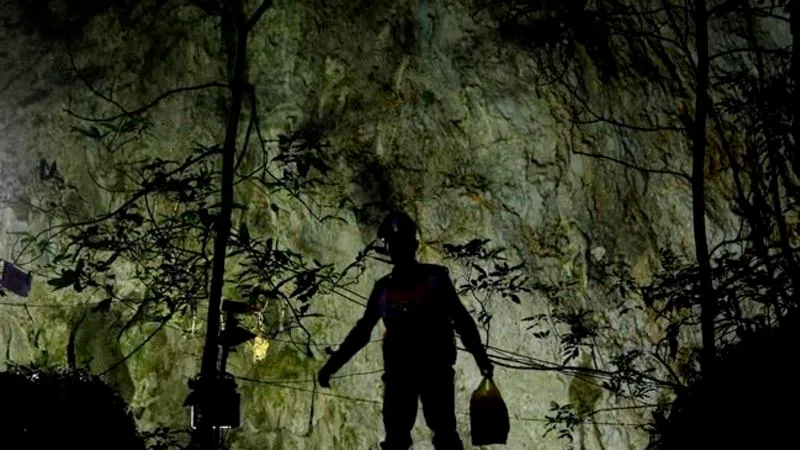
‘This was not possible.’ Doctor says he believed Thai cave rescue would fail
HALIFAX — The Australian doctor who played a pivotal role in rescuing 12 boys and their soccer coach from a flooded cave in Thailand last year says he initially thought the plan to save the children was doomed to fail.
Dr. Richard Harris, in a gripping speech Wednesday to emergency physicians in Halifax, said he was convinced the decision to administer anesthetic to the boys to keep them calm during the three-hour underwater rescue operation was too risky.
“I was very adamant that this was not possible,” said Harris, an anesthetist and cave diving expert. “I said, ‘I really can’t make any decisions until I dive to the cave, see the boys … and I’ll get back to you.’ “


